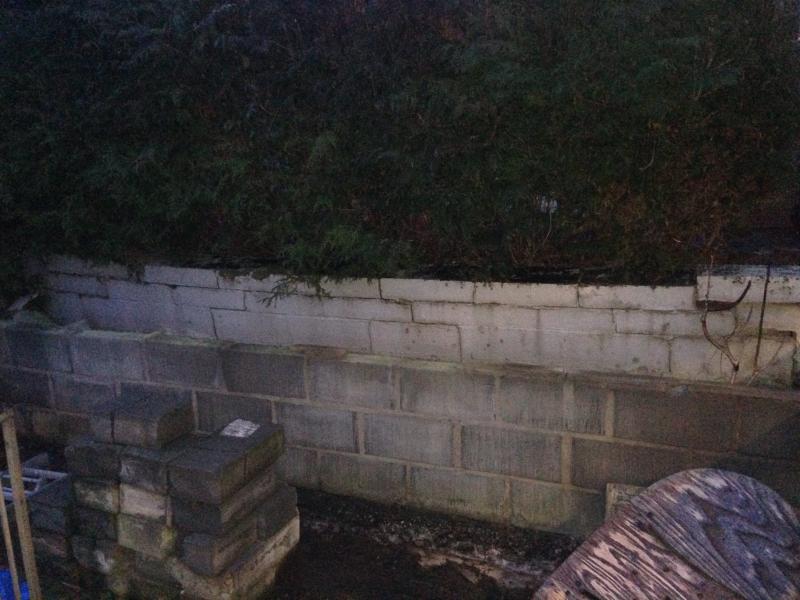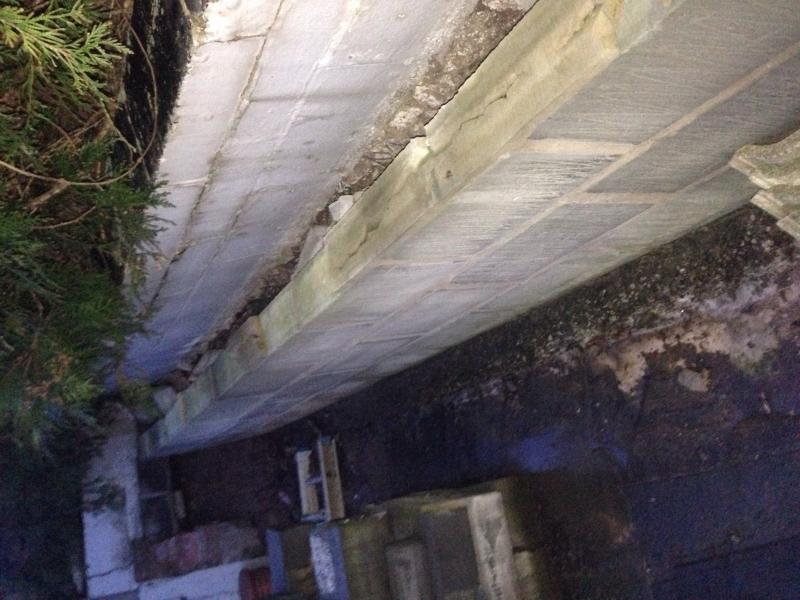Hi, first post. I've scoured the internet and found this so hope you guys can help
I'm not very "DIY minded" ...more paperwork than hands on so bear with me
My garden is on two levels (stepped) and the wall is collapsing. Top level is grass and soil, the bottom level is concrete. Now, what the previous owner has done is put a wall up infront of the collapsing wall made out of the insulation blocks which isn't safe.
I'm looking for ideas of how I can make this safe as I have a little one who'll be walking about soon
My idea is to take down the wall made of insulation blocks (As I believe the soil and stuff behind it won't immediately move and then put concrete posts and lintels in to hold it all back. Would this work? I believe this would be the cheapest way too
Another idea would be to build a new wall out of proper blocks but I think this would be expensive
Any suggestions are welcome. I'll try and upload a picture when I get home
Thanks in advance
I'm not very "DIY minded" ...more paperwork than hands on so bear with me
My garden is on two levels (stepped) and the wall is collapsing. Top level is grass and soil, the bottom level is concrete. Now, what the previous owner has done is put a wall up infront of the collapsing wall made out of the insulation blocks which isn't safe.
I'm looking for ideas of how I can make this safe as I have a little one who'll be walking about soon
My idea is to take down the wall made of insulation blocks (As I believe the soil and stuff behind it won't immediately move and then put concrete posts and lintels in to hold it all back. Would this work? I believe this would be the cheapest way too
Another idea would be to build a new wall out of proper blocks but I think this would be expensive
Any suggestions are welcome. I'll try and upload a picture when I get home
Thanks in advance



